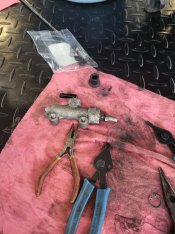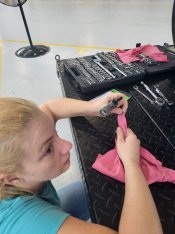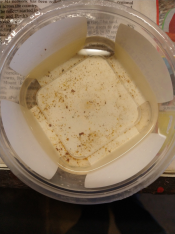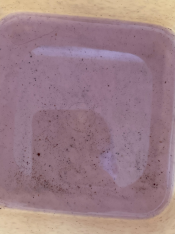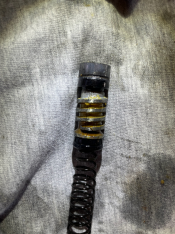Hi Everyone, wondering if this situation is familiar to anyone and what to do about it... I decided it was time replace my front and rear brake fluid. Bled the front out no problem then moved to the rear when the problem begain.
For context the rear brake has been working just fine. The fluid level was good and the fluid looked clean albeit a little dark. Here is the sequence of events:
1. Removed the cap on the rear resorvoir and topped it up a little
2. Pumped the rear brake and held the pressure (good firm feel to it)
3. Opened the bleeder screw on the rear caliper and got a good squirt of fluid as the pedal went fully down.
4. Held the pedal down and tightened the bleeder screw
5. Released the pedal
Thinking all seemed as it should I then went to repeat the cycle but found the pedal had lost all pressure and just moved freely up and down with no resistance other than the spring. I tried bleeding the usual way even though there was no pressure but the pedal is not pushing any fluid out to the rear caliper. I then tried attaching a Mity Vac to the bleeder screw and built up some pressure with the pump. I opened the bleeder and got a slow but steady flow of fluid being pulled out by the vacuum. I kept topping up the rear resorvoir and flushed about 10 oz of clean fluid through. Still absolutely no pressure at the rear pedal.
I guess I've somehow blown the seal in the rear master and fluid is just flowing past the piston (?) but what is wierd is the total lack of rear pedal pressure, you would think that even a piston with no rubber seal should have some resistance (?) Could this be some wierd ABS thing? Any thoughts very welcome. The bike is a 2008 C14 ABS with 10,000 miles.
For context the rear brake has been working just fine. The fluid level was good and the fluid looked clean albeit a little dark. Here is the sequence of events:
1. Removed the cap on the rear resorvoir and topped it up a little
2. Pumped the rear brake and held the pressure (good firm feel to it)
3. Opened the bleeder screw on the rear caliper and got a good squirt of fluid as the pedal went fully down.
4. Held the pedal down and tightened the bleeder screw
5. Released the pedal
Thinking all seemed as it should I then went to repeat the cycle but found the pedal had lost all pressure and just moved freely up and down with no resistance other than the spring. I tried bleeding the usual way even though there was no pressure but the pedal is not pushing any fluid out to the rear caliper. I then tried attaching a Mity Vac to the bleeder screw and built up some pressure with the pump. I opened the bleeder and got a slow but steady flow of fluid being pulled out by the vacuum. I kept topping up the rear resorvoir and flushed about 10 oz of clean fluid through. Still absolutely no pressure at the rear pedal.
I guess I've somehow blown the seal in the rear master and fluid is just flowing past the piston (?) but what is wierd is the total lack of rear pedal pressure, you would think that even a piston with no rubber seal should have some resistance (?) Could this be some wierd ABS thing? Any thoughts very welcome. The bike is a 2008 C14 ABS with 10,000 miles.


